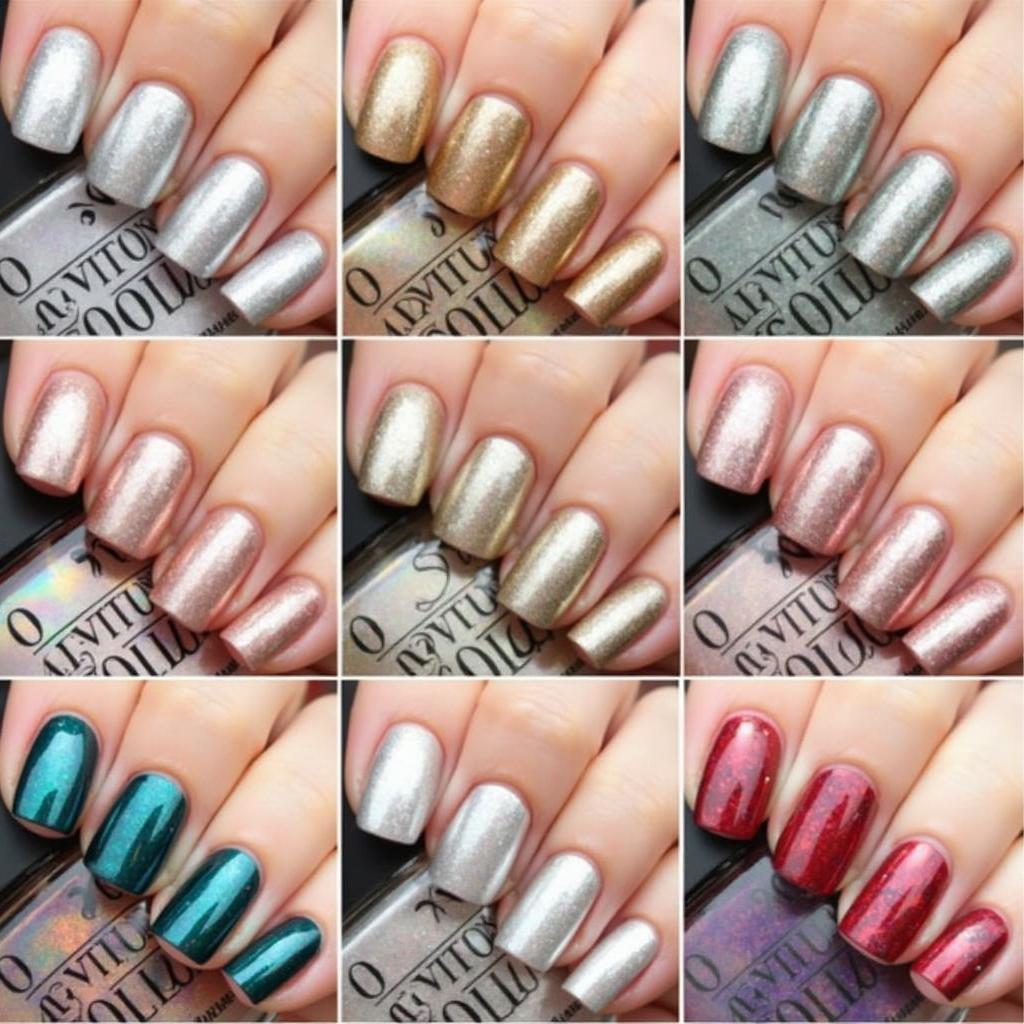Eyelash Extension Stye: Causes, Treatment, and Prevention
- AmazoniaSilva
- Tháng 12 11, 2024
- Zodiac signs
- 0 Comments
An eyelash extension stye can be a painful and unsightly complication of getting eyelash extensions. This article will explore the causes, symptoms, treatments, and preventative measures for dealing with an eyelash extension stye. Learn how to identify the problem, soothe the discomfort, and prevent future occurrences.
Understanding Eyelash Extension Styes
A stye, also known as a hordeolum, is a small, red, painful bump that develops on the eyelid. It occurs when a gland at the base of an eyelash becomes infected, usually by bacteria. When this infection occurs in conjunction with eyelash extensions, it’s called an eyelash extension stye.
Several factors can contribute to developing a stye after getting eyelash extensions. Poor hygiene practices during the application process, improper aftercare, or an allergic reaction to the adhesive used can all lead to infection.
Causes of Eyelash Extension Styes
The primary cause of an eyelash extension stye is bacterial infection, most commonly Staphylococcus aureus. This bacteria can be introduced through unsterilized tools, contaminated extensions, or touching the eyes with unclean hands.
- Poor Hygiene: Unsanitary application practices can introduce bacteria to the delicate eye area.
- Improper Aftercare: Not cleaning your lashes regularly or rubbing your eyes can increase the risk of infection.
- Allergic Reaction: Sensitivity to the adhesive can cause inflammation and create a breeding ground for bacteria.
- Sharing Makeup: Sharing eye makeup, especially mascara, can spread bacteria.
Symptoms and Diagnosis of an Eyelash Extension Stye
Recognizing the symptoms of a stye is crucial for prompt treatment. Common symptoms include:
- Painful, red bump: A tender, red bump on the eyelid, near the lash line.
- Swelling: The eyelid may become swollen and tender to the touch.
- Tearing: Excessive tearing can occur.
- Sensitivity to light: Bright lights may cause discomfort.
- Crusting: A yellowish crust may form around the stye.
A doctor can usually diagnose a stye based on its appearance.
Treatment for Eyelash Extension Styes
Most styes will resolve on their own within a week or two. However, the following treatments can help alleviate symptoms and speed up healing:
- Warm Compresses: Applying a warm compress to the affected eye for 10-15 minutes several times a day can help drain the stye.
- Antibiotic Ointment: A doctor may prescribe antibiotic ointment to treat the bacterial infection.
- Pain Relievers: Over-the-counter pain relievers, such as ibuprofen or acetaminophen, can help reduce pain and discomfort.
- Removal of Extensions: In some cases, the eyelash extensions may need to be removed to allow the stye to heal properly.
Preventing Eyelash Extension Styes
Preventing styes is often easier than treating them. Here are some essential preventative measures:
- Choose a Reputable Salon: Ensure the salon you choose follows strict hygiene practices and uses sterilized tools.
- Proper Aftercare: Clean your eyelashes daily with a gentle cleanser and avoid rubbing your eyes.
- Avoid Sharing Makeup: Never share eye makeup with others.
- Don’t Use Expired Products: Discard expired eye makeup to minimize the risk of bacterial contamination.
- Consult a Doctor: If you experience frequent styes, consult a doctor to rule out any underlying medical conditions.
Conclusion
Eyelash extension styes can be a painful nuisance, but with proper care and hygiene, they can be avoided. Understanding the causes, symptoms, and treatment options can help you address this issue effectively and maintain healthy, beautiful eyelashes. If you suspect a stye, promptly seek medical advice to ensure proper treatment and prevent complications.
FAQ
- How long does an eyelash extension stye last? Typically, a stye will resolve on its own within a week or two.
- Can I wear makeup if I have a stye? It’s best to avoid wearing eye makeup until the stye has healed completely.
- Are styes contagious? Styes themselves are not contagious, but the bacteria that cause them can be spread.
- When should I see a doctor about a stye? If the stye is severe, doesn’t improve with home treatment, or is accompanied by fever or vision changes, see a doctor.
- Can I pop a stye? Never attempt to pop a stye, as this can spread the infection.
- What is the difference between a stye and a chalazion? A stye is an acute infection of an oil gland, while a chalazion is a chronic, non-infectious blockage of an oil gland.
- How can I clean my eyelash extensions properly? Use a gentle, oil-free cleanser specifically designed for eyelash extensions and a clean, soft brush to gently remove debris.
For further information about eye health and eyelash care, you can explore other related articles on our website.
If you need any further assistance, please contact us at [email protected] or visit our office at Fifth Avenue, 34th Floor, New York, NY 10118, USA. We have a 24/7 customer service team ready to help.
